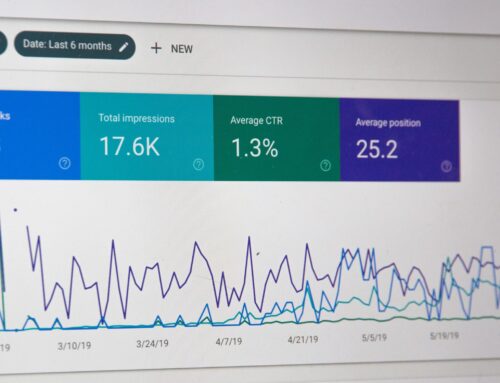
As you step into the process of designing your eLearning course, you’re probably wondering what steps you can take to set your course apart. One of the most important parts of a good course is one that many don’t give enough careful thought to: the questions. High-quality questions can take your course to the next level. So, let’s look at 3 key steps to creating effective eLearning questions.
Keep them Objective Focused
The most important thing to keep in mind when designing your questions is why you need them in the first place. For most courses, questions exist to either test knowledge or reinforce information. This can result in very different questions. For example, if you want to test knowledge, then you would want the questions to be challenging. This might be the last step before your learner takes this information into the workplace, so you want to make sure they really understand the content.
However, if your goal for the question is to simply reinforce the content, then going simple is probably your best bet. Rather than simply repeating text information, a simple question is a great tool because it forces the learner to be a little more active. Their brain is interacting with the material in a slightly different way, which goes a long way in helping them retain it. Additionally, you can make great use of pre and post-tests to both show yourself and your learner how much information was gained from the content.
Vary your Question Types
One of the key draws towards eLearning is an increase in user engagement. We know that engaged learners are better learners. And one of the best ways to keep learners engaged is to vary the process. This doesn’t mean that you have to do anything too radical here. Your learners don’t need to see a full 3D simulation to stay engaged. Instead of making every question multiple choice, switch it up by maybe including some fill in the blanks, matching, or drag-and-drops. The different ways in which the brain is being stimulated here are key to good engagement. This will help keep your learners from advancing through the course on autopilot.
Include Feedback
This might be the most important feature in deciding whether or not your questions are effective. Whether your questions are designed to test knowledge or reinforce content, your learners need to know why the answers are what they are. If your learners are answering questions incorrectly and then just being asked to retake the quiz or even to advance, then they’re being done a disservice. Unless it’s very clear where the user must go to find out why their answer was wrong, there should be some form of feedback. This can be a quick caption saying “See Section 3, slide 4” or as complex as laying out in detail why “A” was wrong, and “B” was correct. Your learners won’t grow much if they can’t see why they were wrong and what they’re missing. If you want to fill knowledge gaps, then this is a critical step. In most cases, the more detailed the feedback is, the better.
Takeaway
Questions are a staple in any course, from kindergarten all the way to advanced rocket science. We know that our courses will probably be filled with them, but why do we usually not pay them much attention? For a feature that has such a large presence in most courses, you’d think its design would be at the top of everyone’s priority list. Whatever goals you have in mind when creating your questions can be for nothing if you don’t create them well. Make the learner the focus of your questions. And remind yourself that if they don’t know the content better from answering these questions, then the issue might be with the questions themselves.




